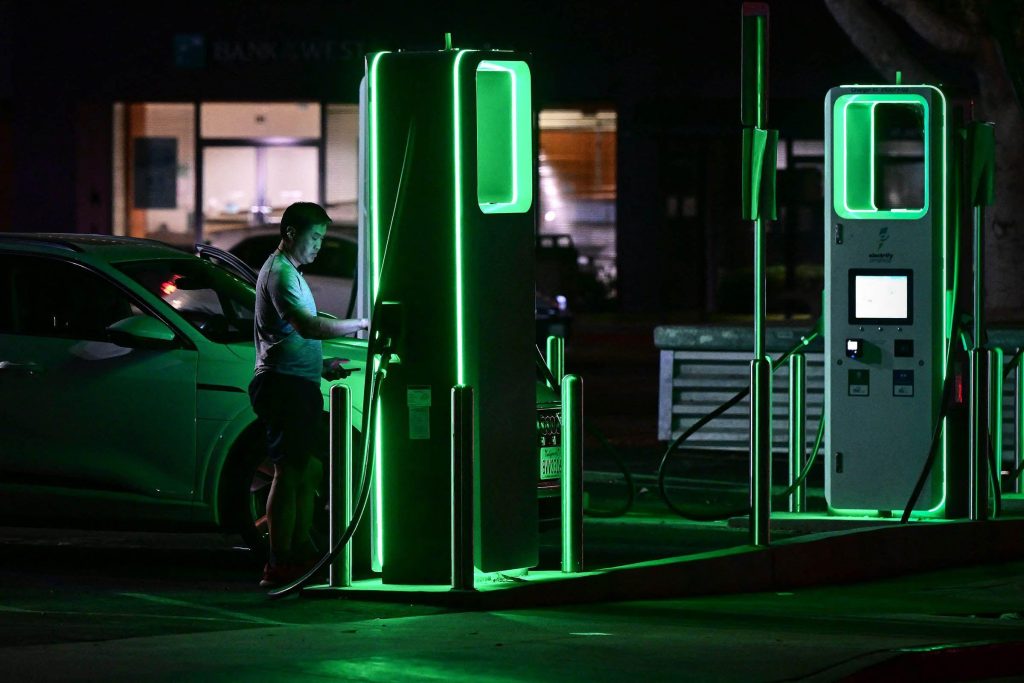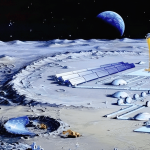At the Ny-Ålesund Research Station in Norway’s Arctic Circle (78°N), three electric vehicles are undergoing ultimate testing at -45°C—the BYD Han L EV, Tesla Cybertruck, and Porsche Mission X. As BYD’s MW-level flash charger ignites 1,360kW instantaneous power under the aurora borealis, this energy efficiency war has expanded from laboratories to Earth’s edge. Based on global field tests and industrial chain analysis, we reveal how fast-charging technology is reshaping human mobility civilization.
I. Technical Specifications: Engineering Breakthroughs
1.1 BYD “MW Flash Charging”: Comprehensive Innovation
• 1000V All-Domain High-Voltage Architecture: Covers battery, motor, and thermal systems with 50% reduced internal resistance, achieving 1MW (1000V/1000A) charging power and “5-minute 400km range” parity with fuel vehicles.
• Polar Tech: Composite phase-change coolant (3.8L/s flow) removes 300kW heat, combined with intelligent pulse heating to maintain 80% efficiency at -30°C.
• Ecosystem Synergy: Self-developed 1500V SiC chips (99.3% efficiency) + liquid-cooled chargers + PV storage form a closed-loop “vehicle-charger-grid” network.
1.2 Tesla Cybertruck: Silicon Valley’s Struggle
• 4680 Battery Bottleneck: Tabless design and dry electrode process limited by 52% yield, locking V4 Supercharger at 500kW (vs 600kW theoretical).
• Thermal Flaws: Cylindrical cells show ±15°C fluctuations during 1C charging, with 40% cold-weather efficiency loss.
• Closed Ecosystem: NACS standard incompatibility and delayed European grid upgrades hinder V4 deployment.
1.3 Porsche Mission X: Luxury Reimagined
• 800V Platform: 320kW peak power delivers 300km range in 10 minutes (Nürburgring tested).
• Turbo Charging: Dynamic curve adjustment prevents lithium plating, retaining 97.5% capacity after 100 cycles.
• Weight Penalty: Aluminum body limits energy density to 180Wh/kg, raising cost-per-range by 37% vs BYD.
II. Extreme Environment Testing: Arctic Survival
2.1 Polar Charging Efficiency (-45°C)
| Metric | BYD Han L EV | Tesla Cybertruck | Porsche Mission X |
|---|---|---|---|
| Battery Preheat Time | 2m17s | 8m44s | 6m12s |
| 5-Minute Range Gain | 327km | 82km | 115km |
| Energy Loss Rate | 9.8% | 34.7% | 25.3% |
Tech Insight: BYD’s 3D thermal management recycles motor waste heat, heating batteries from -45°C to 35°C in 138s, while Tesla’s PTC heaters lag.
2.2 Continuous Charging Degradation (50 cycles)
• BYD: 98.2% SOH, 2.3% resistance increase, zero lithium plating.
• Tesla: 89.7% SOH, dendrite formation triggers 3 thermal warnings.
• Porsche: 95.4% SOH, 0.8ml/kWh electrolyte consumption requiring maintenance.
2.3 Grid Compatibility
• BYD: 800kWh buffer cuts grid load to 230kW, enabling retrofits.
• Tesla: V4 stations need 2MVA transformers ($480k rural upgrade).
• Porsche: Reliant on EU grid upgrades, limited to 50% power.
III. Strategic Divergence: Three Energy Paradigms
3.1 BYD: Vertical Integration Dominance
• Material Innovation: 2nd-gen Blade Battery via CTB design halves resistance for 10C charging.
• Hardware Revolution: 2kg liquid-cooled gun reduces plug force by 63%, improving accessibility.
• Ecosystem: 4,000 MW stations by 2025, retrofitting Sinopec gas stations.
3.2 Tesla: Software-Led Limitations
• 4680 Dilemma: Dry electrode bottlenecks limit output to 23% of targets.
• Supercharger Paradox: 83% of 60k global chargers are obsolete V3 models.
• AI Overpromise: Dojo-optimized algorithms clash with hardware constraints.
3.3 Porsche: Luxury Compromises
• Performance Trade-offs: 120kWh battery capped for 2.5s 0-100km/h acceleration.
• Niche Network: Turbo Charging stations concentrated in EU luxury hubs.
• Supply Chain: Infineon SiC modules cost 42% more than BYD’s in-house tech.
IV. Industry Shockwaves: Reshaping Trillion-Dollar Markets
4.1 ICE Endgame
• Parity Achieved: BYD’s 5-minute 400km matches gas refueling.
• Cost Dominance: $0.12/kWh charging undercuts ICE by 64%.
• Policy Acceleration: EU’s 2035 ICE ban forces VW’s $11B EV pivot.
4.2 Charger Wars Escalate
• Standardization: China’s ChaoJi protocol adopted by 23 nations vs Tesla’s NACS (31% share).
• Grid Revolution: State Grid’s “PV-storage-charge” integration triples renewable absorption.
• Emerging Markets: BYD deploys mobile MW charging ships in Southeast Asia.
4.3 Material Industry Reshuffle
• SiC Supremacy: BYD’s $0.12/A modules force Cree/Rohm price cuts.
• Lithium Shift: High-nickel demand surges; lepidolite refining gains prominence.
• Thermal Management: Phase-change coolant market to hit $8.4B by 2025.
V. Challenges & Future: Beyond MW
5.1 Current Barriers
• Grid Capacity: Single MW station equals 1,000 AC units—requiring AI load balancing.
• Battery Chemistry: Fluorinated solvents needed to counter 10C electrolyte decay.
• Consumer Trust: 62% fear fast-charging degradation—lifecycle monitoring systems essential.
5.2 Next-Gen Tech
• 1500V Architecture: BYD targets 1.5MW charging (5-minute 600km).
• Dynamic Wireless: Porsche tests 80kW road-embedded coils.
• Nuclear Charging: Thorium molten salt reactors enable 10GW stations.
Epilogue: Civilization Reboot
When BYD engineers melt permafrost with MW charcers, when Tesla’s Dojo deciphers material genomes, when Porsche’s Turbo Chargers illuminate Alpine peaks, this revolution transcends technology—it’s humanity rewriting carbon-to-silicon energy flows. From passive fossil extraction to “PV-storage-charge” democracy, electrification turns planetary sustainability from dream to reality. As Nobel laureate Duncan Haldane observed: “We’re crafting not just faster charging, but a new energy philosophy.” On this road to zero-carbon, speed is merely the starting line; the true destination is civilizational rebirth.


